Live
- Can a woman make such allegations out of imagination: K'taka Minister
- SA will shine through in Champions Trophy, says Walter after 3-0 loss to Pakistan
- Trump Demands Panama Canal Return, Criticises Panama's Management and Fees
- PV Sindhu Marries Venkata Datta Sai in a Grand Ceremony in Udaipur
- Not satisfied, I want more: De Minaur sets sights on plenty of goals in 2025
- Upset over exclusion from cabinet, Bhujbal meets CM Fadnavis over 'growing' OBC resentment
- Australia prepares for catastrophic bushfire over Christmas period
- Global prevalence of atopic dermatitis to reach 42.42 mn by 2033: Report
- OpenAI's GPT 5 Faces Delays Amid Data and Financial Challenges
- Sunny Leone's Name Used in Fraud Under Chhattisgarh’s Mahtari Vandan Yojana
Just In
Here is all about Sayeed Bin Mohammed Naqsh


Sayeed Bin Mohammed Naqsh was a significant name between 1960s and 1970s in Hyderabad.
Sayeed Bin Mohammed Naqsh was a significant name between 1960s and 1970s in Hyderabad. He was one of those few artists who played key role in Progressive Art Movement. He was eternally creative. His quest for creativity continued until his death in 1982.
Sayeed Bin Mohammed was born on September 7th 1921 in Mahbubnagar District of Telangana. He always tried to express himself creatively and communicated in different art forms. First, he mastered in portrait painting, as he was influenced by his Guru Sukumar Deuskar. He painted portraits in oil colour in his own technique which was quite different from the western techniques. Later he started painting in water colour. His water colour portraits were full of life. The colour 'blue'was often used in the background of his portrait paintings. Blue colour is cool, calm and associated with tranquillity. It represents emotions such as serenity and spirituality.
His 'self portraits' were unique of its kind, In one of his Self Portraits, we see him portraying himself and at the top we see a picture of a mother and a child.
This style of communicating the importance of creating and procreating life oan the same canvas with intense colours attracted attention of the spectators and he was awarded Chattari Gold Medal in 1945.
Like any other artist he was a keen observer with intense feelings. His feelings would flow on canvas in colours and create images which would present social issues in the painting. Three Animals is one of such kind.
Sayeed's art was realistic sometimes and abstract sometimes. His brush strokes would express the feelings in colour. His paintings provide a truthful and accurate representation of the world, often highlighting the beauty and Importance of everyday life. His abstract art however evokes emotions and ideas through the use of color, shape, and form.
Sayeed Sahab was absorbing the life arbund him as any other artist does. He was influenced by the charm of Deccani marbled miniature paintings of Salar Jung Museum, Hyderabad.
His quest for always adopting new style and technique made him spread oil colour on the surface of water. He called it as ABRI TECHNIQUE to express himself in abstract form of art. He used to say "I have adopted the method of Spreading colors on the surface of water. I give shape to my vision on the drifting oil colours and my image attains completion," This technique is highly complex and every painting was an accident. His Feeling in this Abri Technique would flow with passion he made series of paintings. That was not enough few years before his death, he started working with the lines of our palm. He painted some wonderful and meaningful images on canvas and his large size paintings were full of rhythm and vigour. The colours in his paintings were never too loud. The themes of these paintings were galloping horses at terrific speed, or deer running mystical patterns.
The fluidity of his colours and the use of spirally flowing objects have a unique worldly charm. His desire to continue his Art journey made him a good teacher. He was the Head of The Department of Fine Arts. Under his guidance we got many famous artists like ThotaVaikuntam.
It's time for us to motivate today's generation and art students to learn and be experimental and creative. He wrote poetry in Urdu and his poetry book" Rang o Ahang shows his love for colours and visual art. His Taqaluz was.








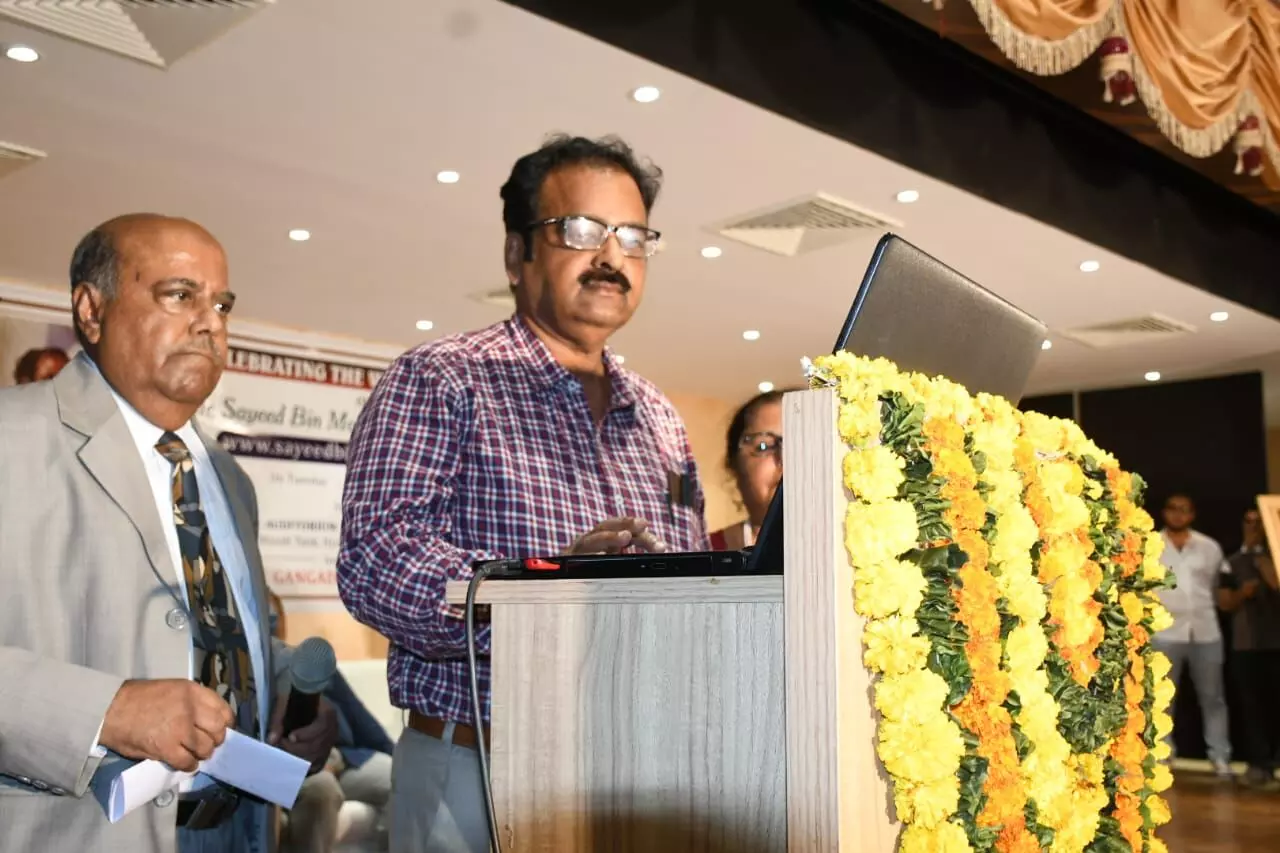
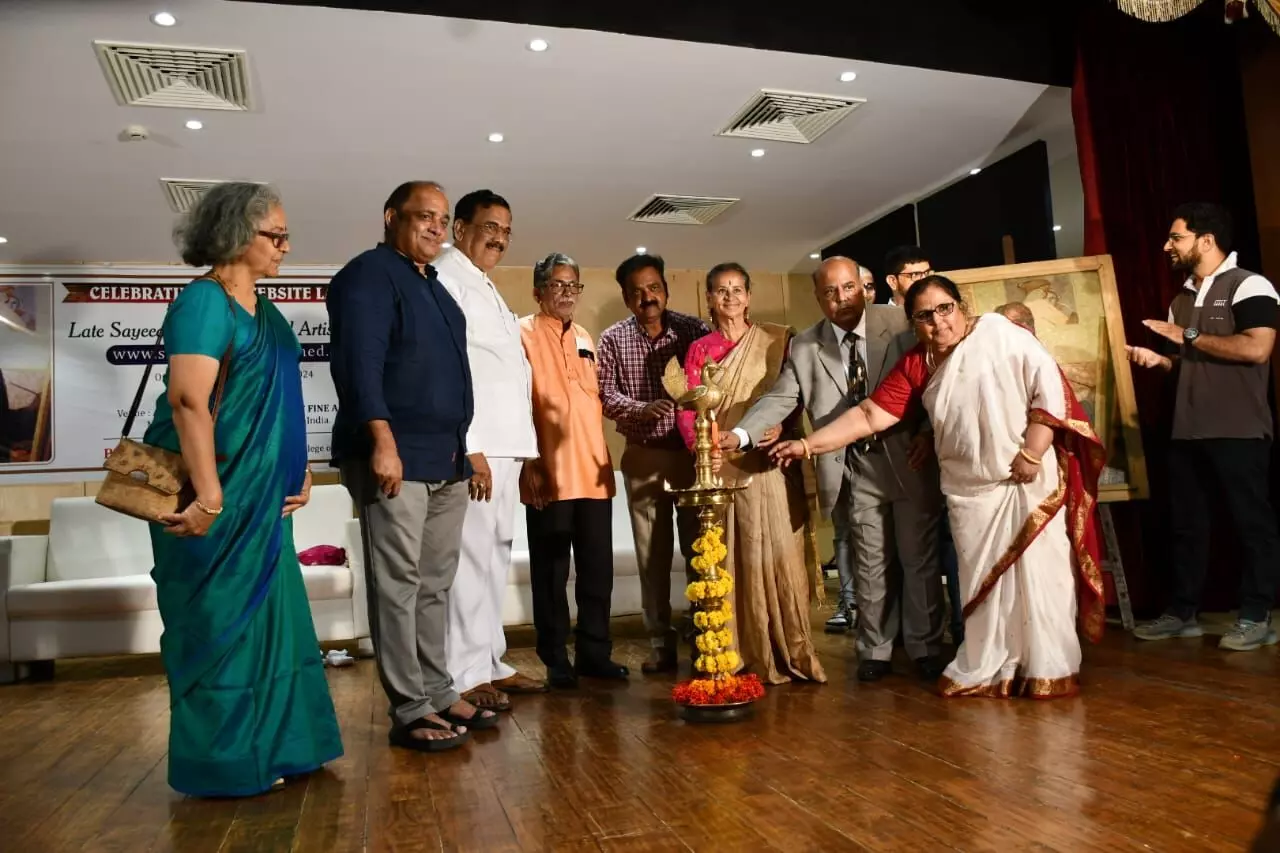
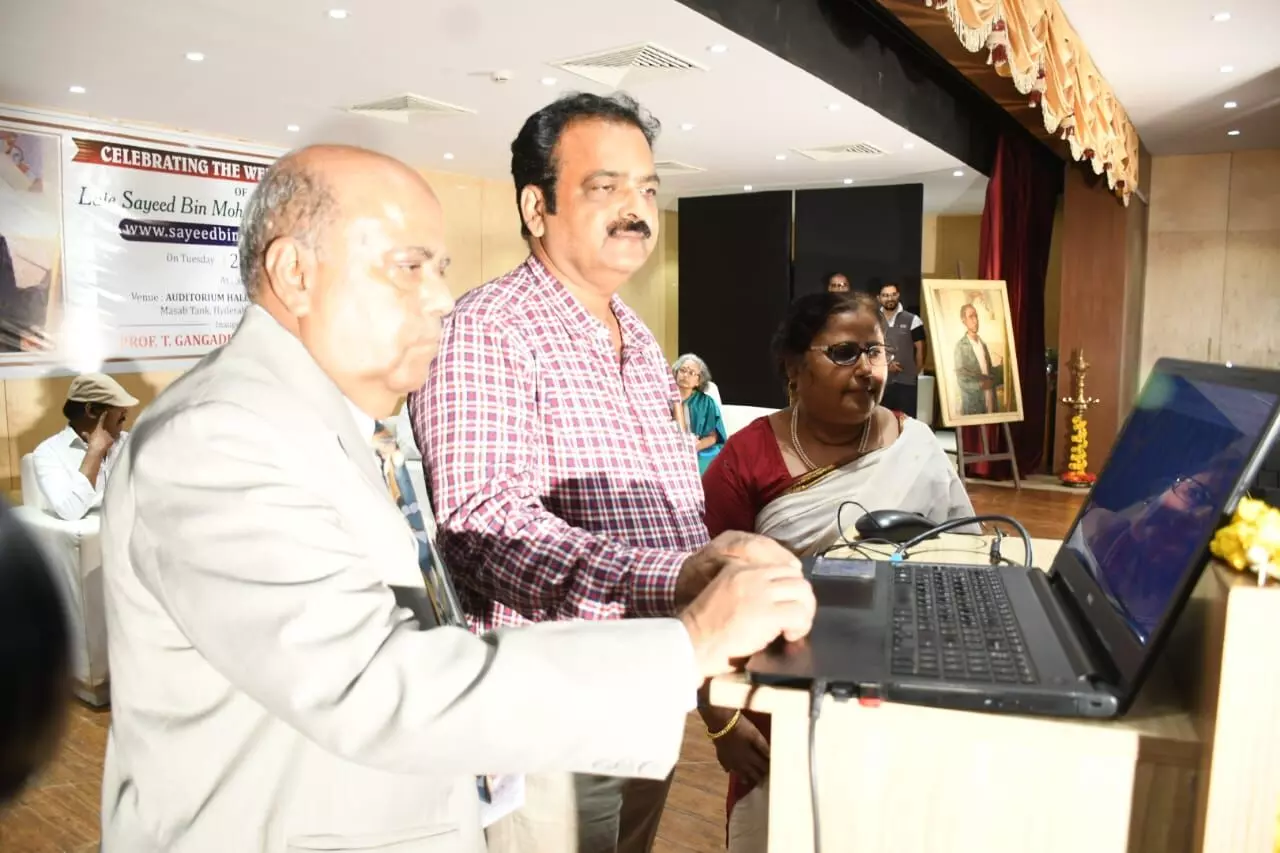
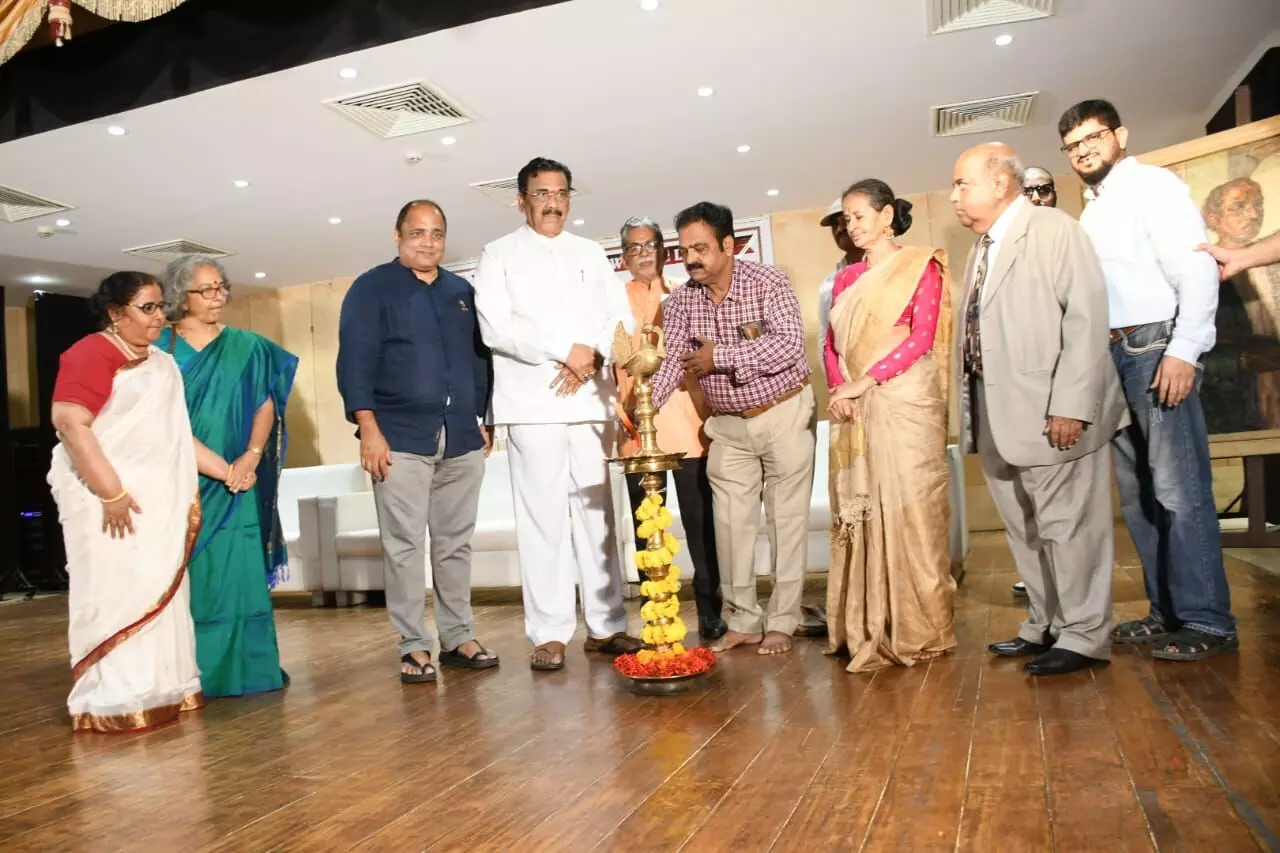
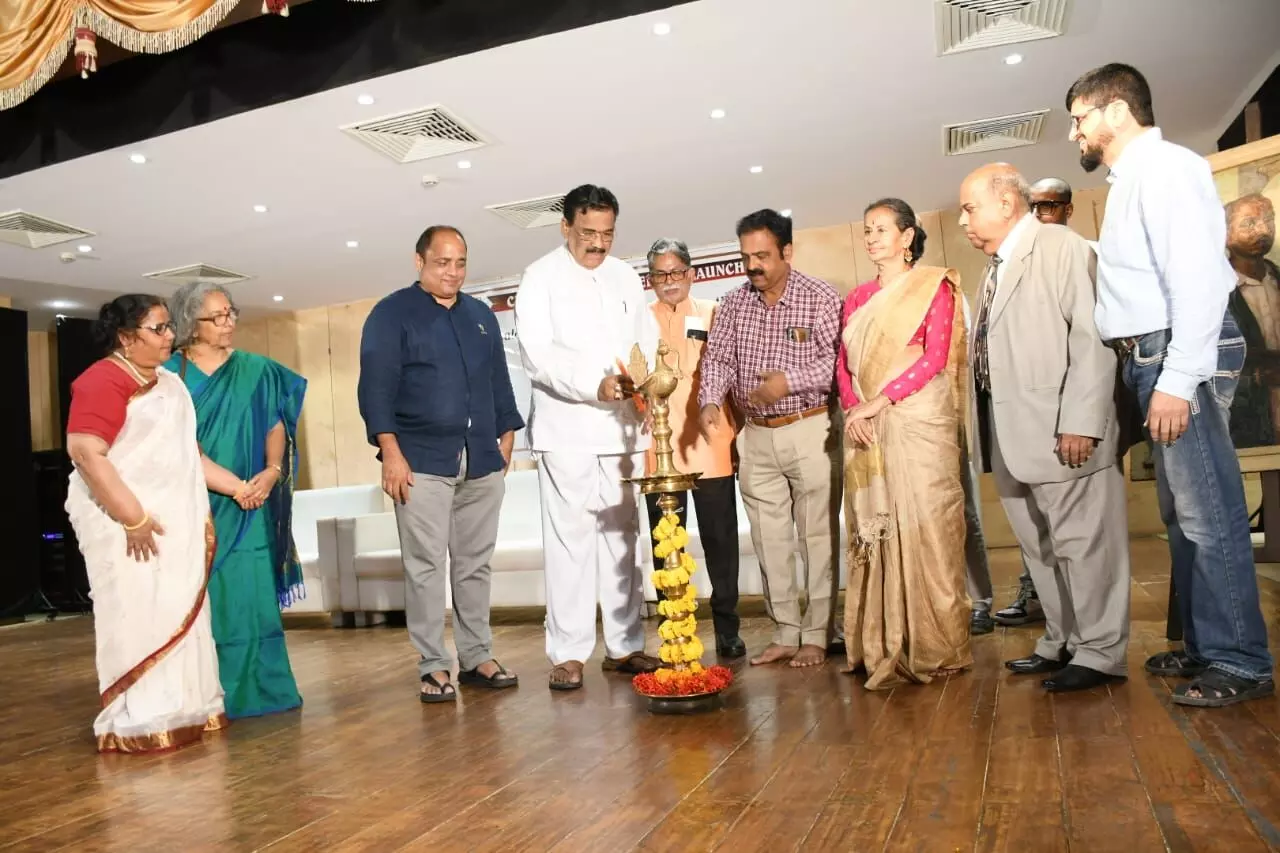

© 2024 Hyderabad Media House Limited/The Hans India. All rights reserved. Powered by hocalwire.com






